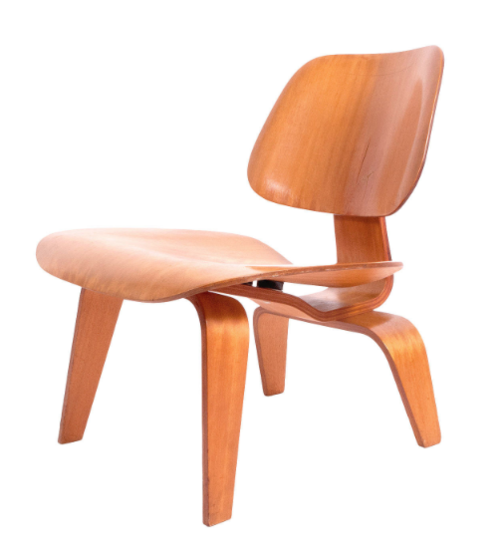Ray and Charles Eames: Masters of 20th Century Design

This selection of original designs by Ray and Charles Eames, courtesy of Collage 20th Century Classics owners Abby and Wlodek Malowanczky of Dallas is a rare opportunity to view original Eames furniture designs from the 1950s, Charles Eames and Ray Kaiser Eames were the embodiment of the inventiveness, energy and optimism at the heart of mid-century modern American design, and have been recognized as the most influential designers of the 20th century. As furniture designers, filmmakers, artists, textile and graphic designers and even toy and puzzle makers, the Charles and Ray Eames were a visionary and effective force behind the theory that design should be an agent of positive change.
Charles studied architecture and industrial design. Ray was an artist, who studied under the abstract expressionist Hans Hofmann. They met in 1940 at the Cranbrook Academy of Art in suburban Detroit (where Charles also met his frequent collaborator Eero Saarinen and the artist and designer Harry Bertoia) and married the next year.
His technical skills and her artistic flair were a powerful creative combination. They moved to Los Angeles in 1941, where Charles worked on set design for MGM. In the evenings at their apartment, they experimented with molded plywood using a handmade heat-and-pressurization device they called the “Kazam!” machine. The next year, they won a contract from the U.S. Navy for lightweight plywood leg splints for wounded servicemen. The Navy contract allowed Charles to open a professional studio, andthe unique plywood furniture the firm produced prompted George Nelson, the director of design of the furniture-maker Herman Miller Inc., to collaborate with Charles and Ray in 1946. Some of the first Eames items to emerge from Herman Miller are now classics: the “LCW,” or Lounge Chair Wood, and the “DCM,” or Dining Chair Metal, supported by tubular steel.
Ray and Charles eagerly embraced new technology and materials, and one of their peculiar talents was to infuse their supremely modern design with references to folk traditions. Their “Wire Chair” group of the 1950s, for example, was inspired by basket weaving techniques. The populist notion of “good design for all” inspired their molded fiberglass chair series that same decade.